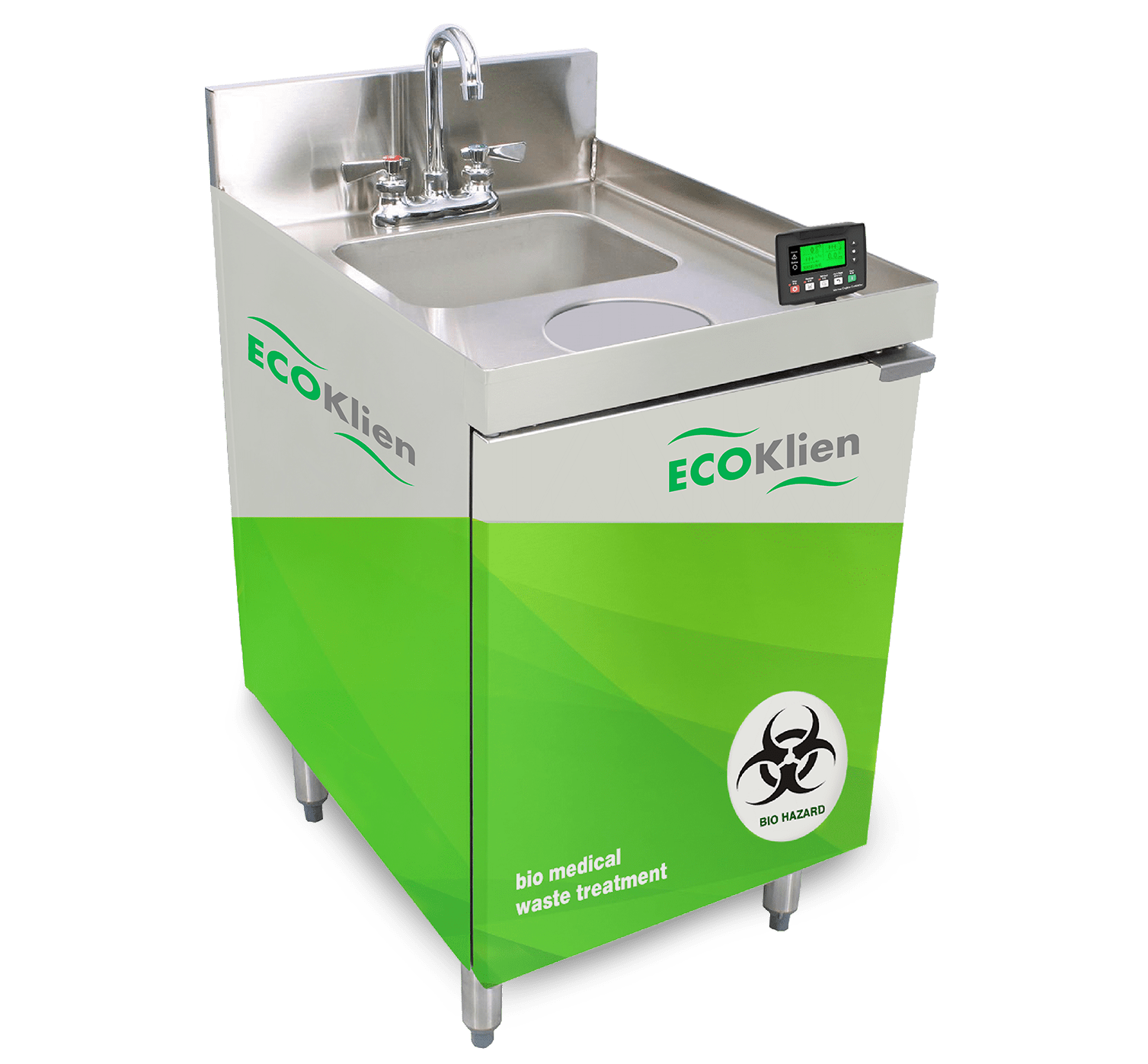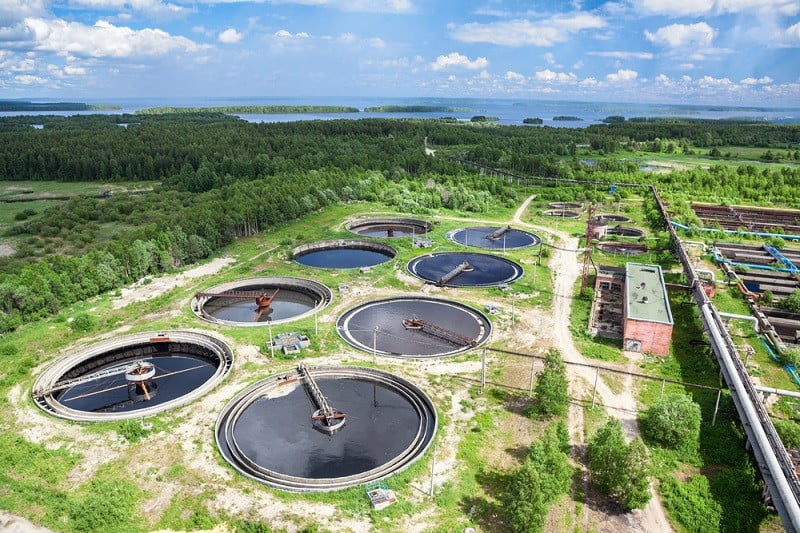Leading Industrial Wastewater Treatment Solutions: Making Certain Compliance and Efficiency
Leading Industrial Wastewater Treatment Solutions: Making Certain Compliance and Efficiency
Blog Article
Exactly How Fluid Garbage Disposal Works: A Comprehensive Summary of Strategies and Technologies Employed

Summary of Fluid Waste Kind
The complexity of liquid waste kinds requires a complete understanding of their qualities and implications for disposal. Fluid waste can generally be categorized into a number of types, including industrial, community, farming, and harmful waste. Each classification shows distinct residential properties, needing particular administration methods to alleviate environmental and health and wellness risks.
Industrial liquid waste stems from making procedures and often contains a series of pollutants, such as heavy steels, solvents, and organic substances. Municipal fluid waste, primarily making up wastewater from homes and commercial establishments, consists of organic matter, nutrients, and microorganisms (industrial wastewater treatment). Agricultural fluid waste, consisting of drainage from farms, might consist of fertilizers, pesticides, and pet waste, positioning risks to water top quality and communities
Unsafe liquid waste is defined by its toxicity, reactivity, or possible to create harm. Understanding these diverse fluid waste kinds is crucial for establishing reliable disposal methods and making certain compliance with environmental policies.
Physical Therapy Methods

Testing is the preliminary step, where bigger fragments and debris are removed from the fluid waste making use of screens or grates. In sedimentation tanks, larger bits settle at the base, developing a sludge layer, while the clarified liquid can be more treated.
Filtration is one more vital technique that involves passing the fluid with permeable products, such as sand or membranes, to catch smaller sized particles. This action improves the quality of the liquid, making it appropriate for subsequent therapy procedures.

Chemical Treatment Strategies
Chemical treatment strategies are vital for properly taking care of fluid waste, specifically in dealing with liquified and colloidal pollutants that physical approaches may not appropriately eliminate. These techniques utilize different chemical representatives to reduce the effects of, speed up, or transform dangerous materials into less unsafe forms.
One typical approach is coagulation and flocculation, where chemicals such as alum or ferric chloride are added to advertise the gathering of suspended bits. This procedure boosts sedimentation, enabling less complicated removal of the resulting sludge. Furthermore, oxidation procedures, using representatives like chlorine or ozone, are employed to damage down intricate natural compounds and pathogens, making browse around these guys the waste much safer for discharge or further therapy.
Neutralization is another vital strategy, which readjusts the pH of acidic or alkaline waste Continued streams to neutral degrees, protecting against potential harm to downstream systems and the atmosphere. Moreover, progressed oxidation procedures (AOPs) make use of mixes of oxidants and ultraviolet light to deteriorate consistent contaminants, accomplishing a higher level of treatment effectiveness.
Organic Therapy Procedures
Biological treatment processes play a vital duty in the monitoring of fluid waste by making use of microbes to decay natural issue and lower impurity degrees. These procedures can be extensively categorized into anaerobic and aerobic treatments, each employing details microbial areas to attain effective waste deterioration.
Cardio treatment involves making use of oxygen to assist in the malfunction of organic products by microorganisms. This process is commonly implemented in activated sludge systems, where oygenation containers give a favorable setting for microbial development, resulting in the oxidation of natural pollutants. The resultant biomass can be separated from treated effluent with sedimentation.
On the other hand, anaerobic therapy occurs in the absence of oxygen, depending on various microorganisms to break down raw material. This approach is especially helpful for high-strength waste, as it creates biogas, a renewable resource resource, while minimizing sludge production. Technologies such as anaerobic digesters are regularly employed in community and commercial applications.
Both anaerobic and cardiovascular organic treatments not just lessen the environmental influence of liquid waste yet also promote source healing, making them necessary components of lasting waste management methods. Their adaptability, effectiveness, and effectiveness support their extensive execution throughout various industries.
Emerging Technologies in Disposal
Ingenious strategies to fluid waste disposal are quickly progressing, driven by developments in modern technology and a boosting focus on sustainability. Amongst these arising technologies, membrane bioreactors (MBRs) have obtained grip for their capacity to integrate organic therapy with membrane purification, causing top quality effluent that can be recycled in numerous applications. MBRs make it possible for the original source smaller sized impacts and more efficient operations contrasted to standard systems.
An additional encouraging advancement is the usage of anaerobic food digestion combined with nutrient recuperation innovations, which not only deals with liquid waste yet additionally creates biogas and recoups beneficial nutrients like nitrogen and phosphorus. This twin advantage boosts resource efficiency and reduces environmental influence.
In addition, progressed oxidation procedures (AOPs) are being taken on for the deterioration of complicated organic pollutants. These approaches make use of effective oxidants and stimulants to damage down pollutants at the molecular level, supplying a very efficient option for difficult waste streams.
Furthermore, the integration of expert system and maker knowing in waste administration systems is optimizing functional effectiveness and predictive upkeep, causing decreased prices and enhanced environmental conformity. These innovations show a significant shift towards even more efficient and lasting liquid waste disposal practices.
Verdict
In conclusion, efficient fluid waste disposal demands a comprehensive understanding of numerous strategies and technologies. By constantly progressing these techniques, it becomes possible to attend to the expanding challenges associated with liquid waste, inevitably contributing to environmental security and source recuperation.
Fluid waste disposal is a crucial element of ecological management, needing a detailed understanding of numerous strategies and modern technologies customized to various waste types. Liquid waste can extensively be categorized into a number of types, including commercial, community, agricultural, and dangerous waste. Agricultural liquid waste, including runoff from farms, might consist of plant foods, chemicals, and animal waste, positioning risks to water top quality and communities.
Various physical treatment approaches play a critical duty in taking care of liquid waste efficiently - industrial wastewater treatment.In conclusion, effective fluid waste disposal demands a detailed understanding of different methods and modern technologies
Report this page